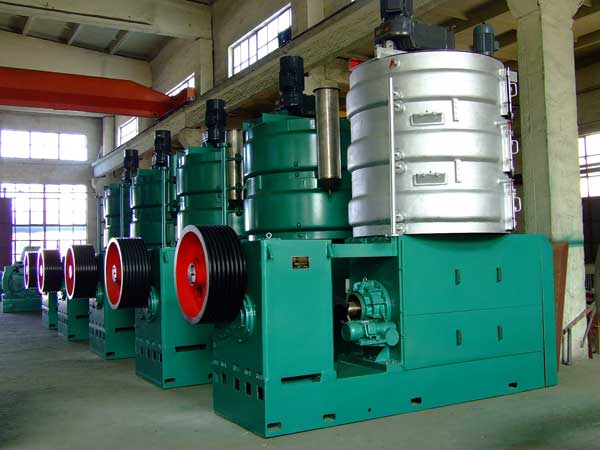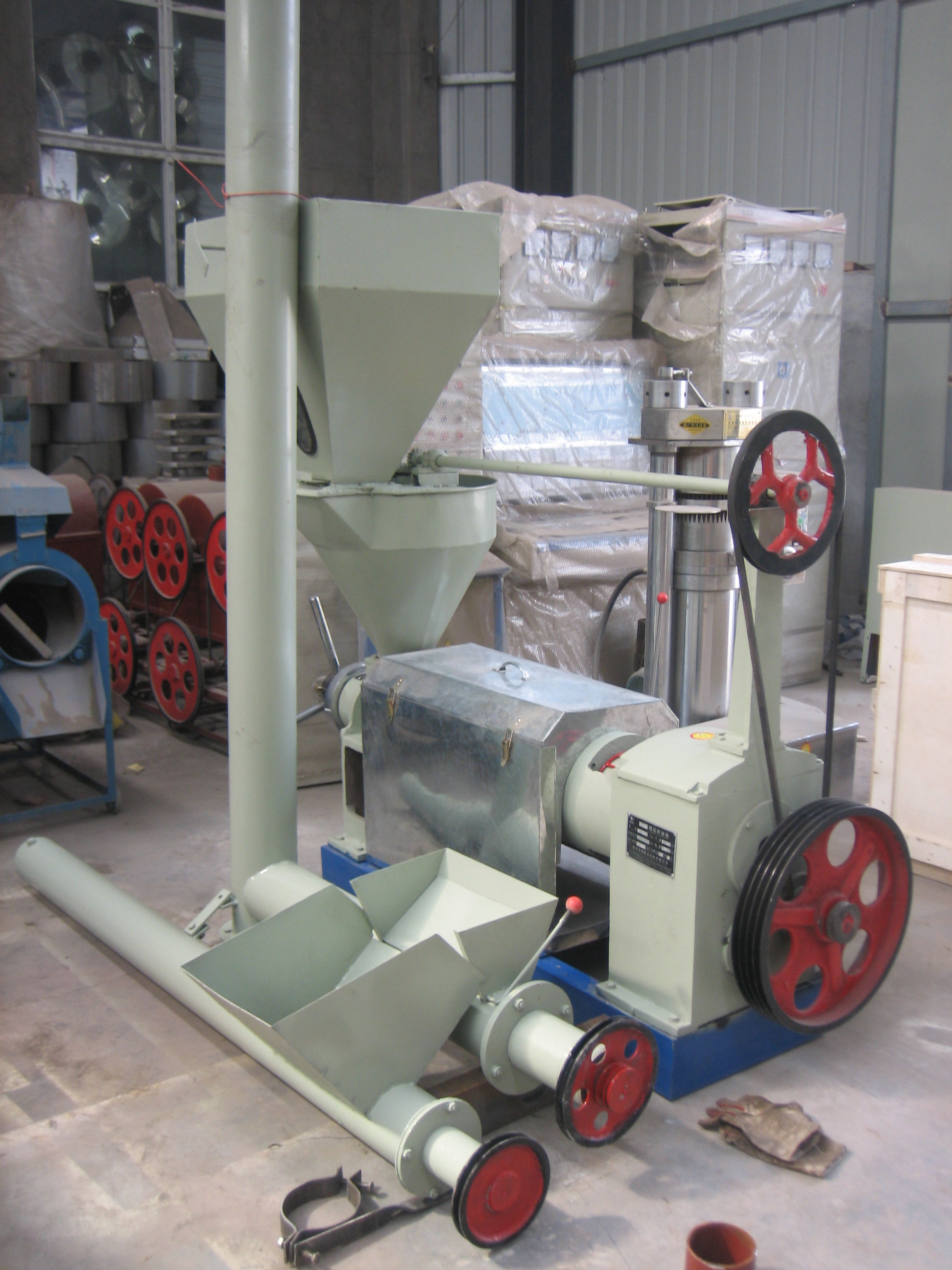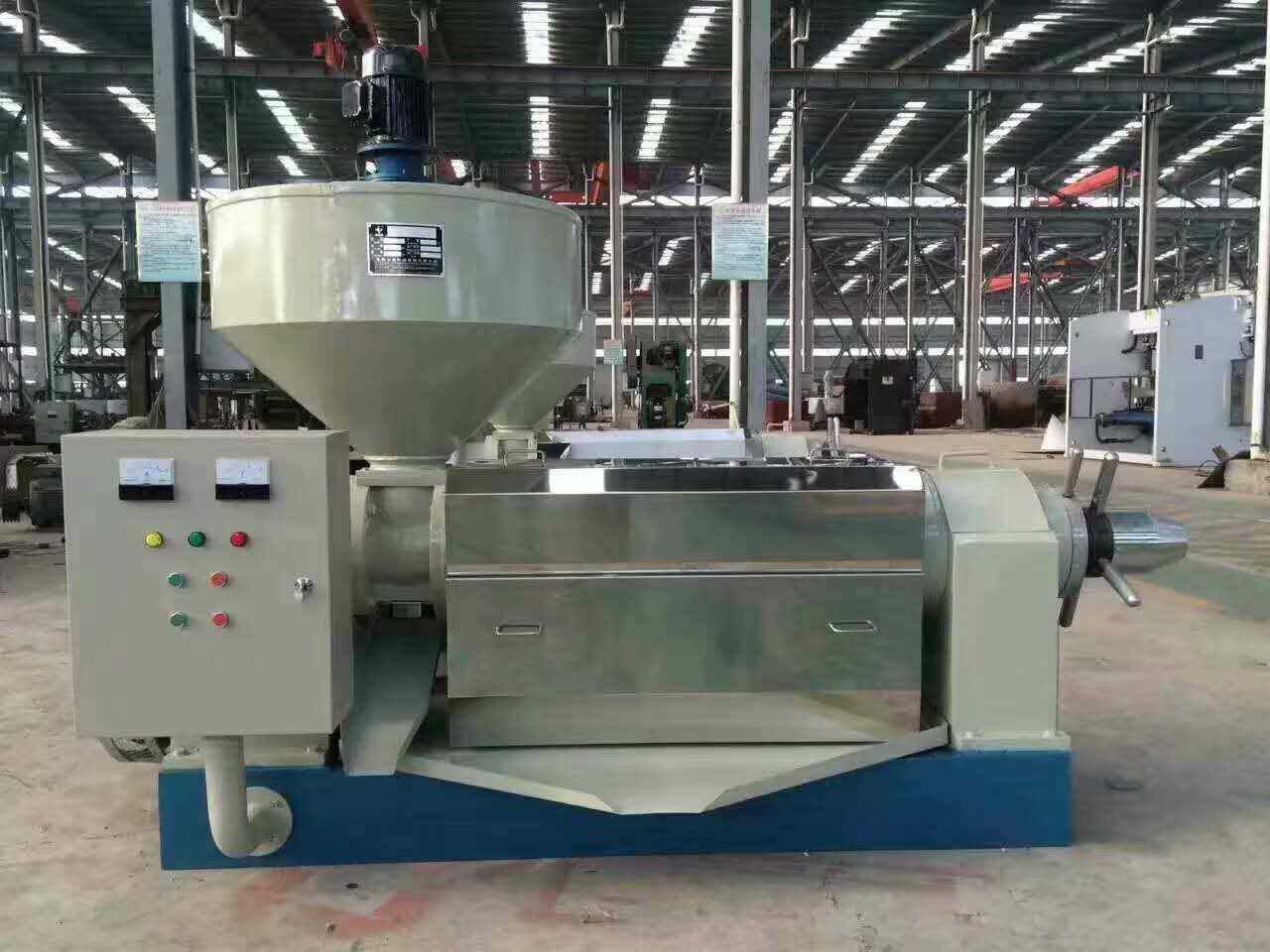
The global plant oil processing equipment market is experiencing steady growth, driven by increasing demand for edible oils and the rising trend towards mechanization in oil extraction. At the heart of this evolution lies the spiral oil press machine — a core device pivotal in oilseed expelling. This article offers an in-depth exploration of spiral oil press machines, focusing on their differentiated applications across small-scale oil mills, medium-sized processing plants, and large oil enterprises. It will dissect critical selection parameters such as pressing capacity, oil yield rate, operational stability, and energy efficiency, supported by industry data and operational case insights.
With global edible oil consumption forecasted to grow by approximately 4.5% annually over the next five years (Source: International Oilseeds Council 2023), efficient and cost-effective oil extraction equipment has become indispensable. Traditional manual or semi-mechanical methods struggle to meet quality and throughput demands. Users in different operational scales face unique challenges:
| Selection Parameter | Impact on Oil Production | Recommended Range/Benchmark |
|---|---|---|
| Pressing Capacity | Determines throughput, affects production scheduling | 100-500 kg/h (small), 500-2000 kg/h (medium), 2000+ kg/h (large) |
| Oil Yield Rate | Core KPI affecting profitability | 35%-45% for common oilseeds; higher yields achievable with optimized machines |
| Operational Stability | Ensures continuous production, reduces downtime | Minimal vibration, low noise, long service intervals |
| Energy Consumption | Impacts operational cost and sustainability | Less than 0.6 kWh/kg seed pressed preferred |
| Maintenance Convenience | Reduces downtime and repair expenses | Modular design, easy access for cleaning and lubrication |
Modern spiral oil press machines incorporate continuous pressing technology, improving oil extraction efficiency and product consistency. Their mechanical design employs high-tensile steel shafts, precision-engineered spiral worms, and adaptive pressing chambers that optimize seed compression. This results in improved oil separation and minimized seed residue moisture.
Stability is boosted through balanced rotor shafts and integrated vibration-dampening mounts, enabling machines to operate reliably under sustained loads. Leading manufacturers report typical mean-time-between-failure (MTBF) figures of over 10,000 operational hours, illustrating enhanced longevity.
Small-scale growers or oil mills should prioritize cost-effectiveness and simplicity. Machines with capacities up to 500 kg/h that offer straightforward operation and low energy demands suit such setups.
Medium-sized processing plants benefit from presses featuring automated feeding, real-time monitoring, and moderate capacity (500-2,000 kg/h), balancing investment and output quality.
Large enterprises require state-of-the-art presses integrated with automation systems, remote diagnostics, and high throughput (>2,000 kg/h), maximizing raw material utilization and operational economy.

Empirical tests from various plants demonstrate that machines optimized for continuous pressing can increase oil yield by approximately 5-8% compared to batch presses. Correspondingly, operational energy consumption decreases by 10-15%, contributing to a meaningful reduction in processing costs.
Maintenance intervals extend up to 1,000 operational hours for well-designed spiral press machines, reducing labor input and downtime. Further, modular components allow rapid replacement and adaptability to different oilseed types.
Yes, many models support a range of oilseeds such as soybean, sunflower, peanut, and rapeseed, but optimal settings or interchangeable components may be required for best yield.
Oil yield rate directly affects profitability; even a 1% improvement in yield can substantially increase returns over time, especially for large-scale operations.
Regular cleaning, timely lubrication, and periodic inspection for wear parts ensure sustained performance and prevent unexpected breakdown.

Whether you operate a small family-run oil mill or manage a large-scale industrial oil plant, aligning your equipment choice with operational needs is crucial for cost optimization, output quality, and sustainable growth.
Get Your Exclusive Spiral Oil Press Selection Guide Today


